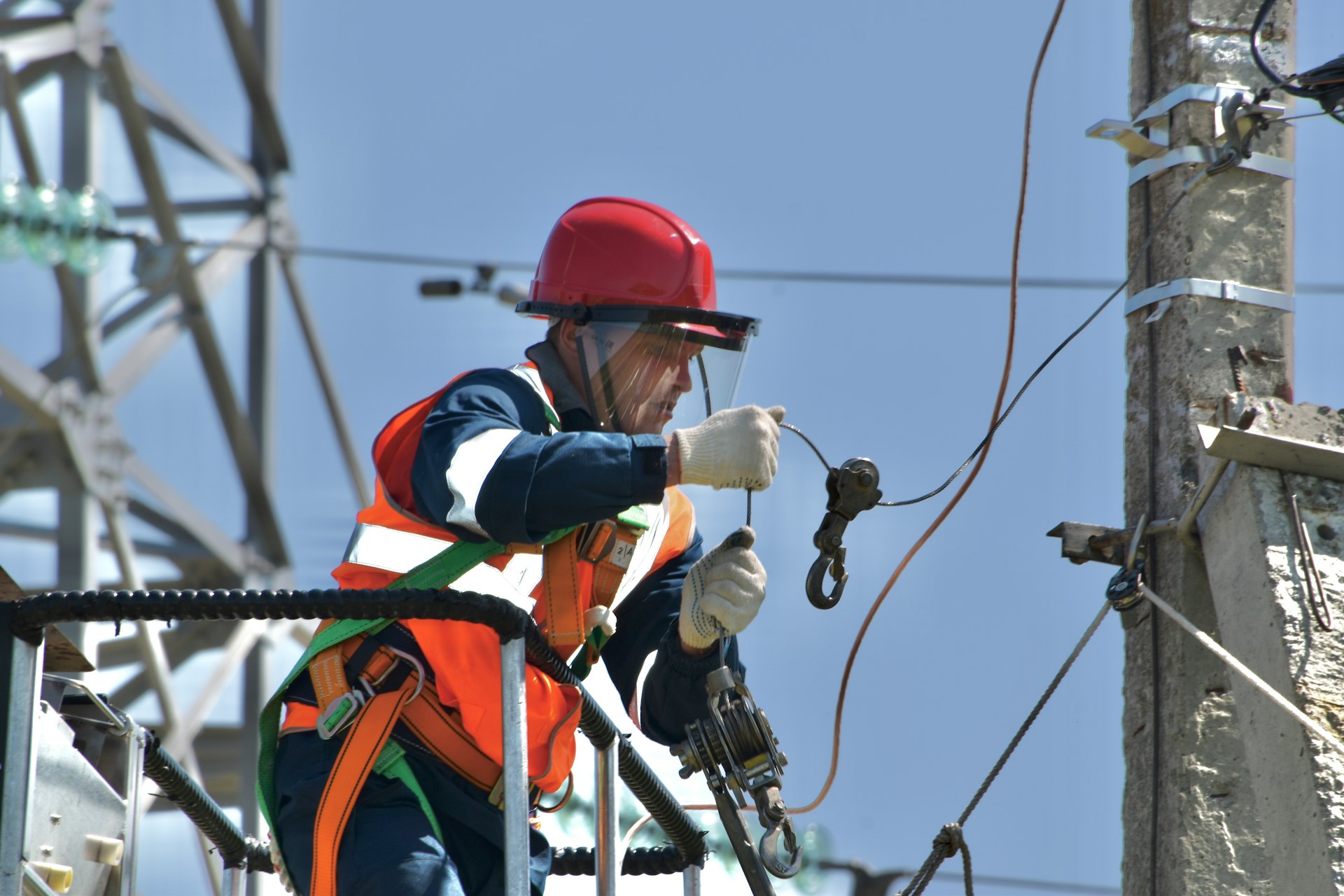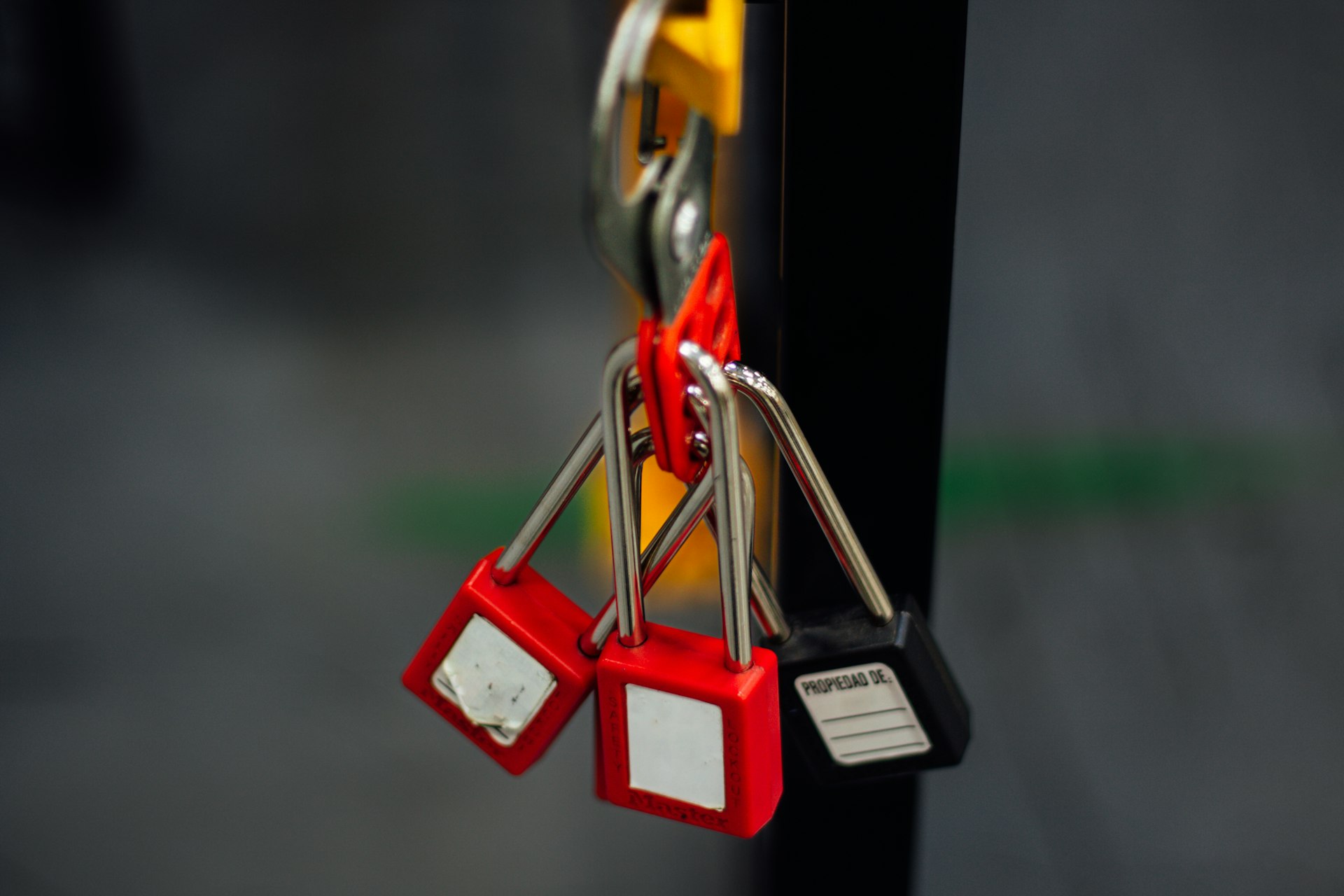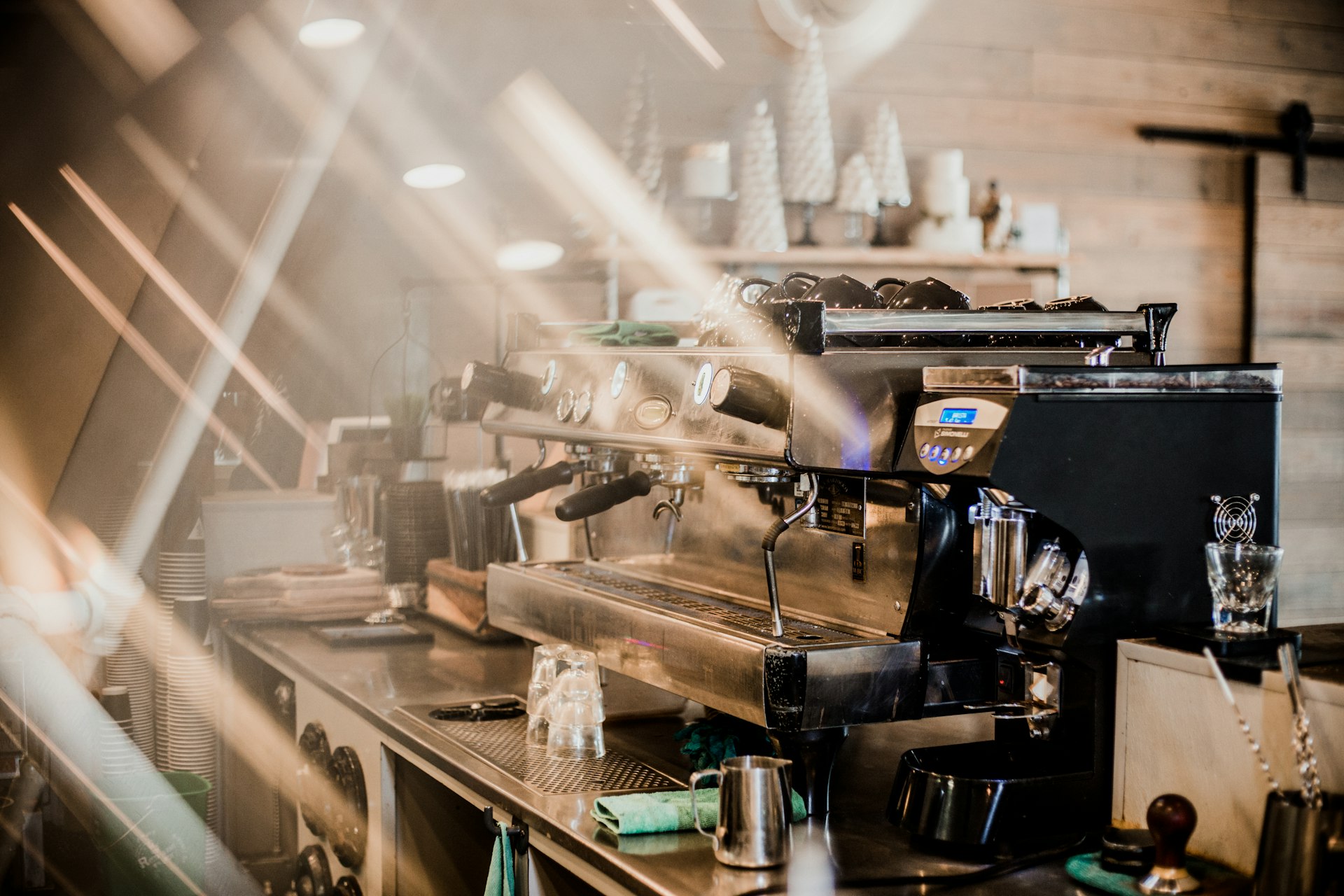Table of Contents
- Fall From Heights
- Electrical Safety
- Lockout Tagout-Tryout (LOTOTO)
- Machine Guarding
- Powered Industrial Vehicles (PIVs)
- Introduction
Conclusion
Frequently Asked Questions (FAQ)
Introduction
Manufacturing safety hazards are multifaceted, ranging from physical dangers posed by machinery and materials to ergonomic and environmental risks. Despite advances in safety protocols and technologies, the industry faces significant challenges in mitigating these dangers. Understanding the most common and critical safety hazards is essential for developing effective prevention and response strategies.
With the advent of new technologies, the manufacturing industry is set to improve efficiency, quality of work, and employee safety. It is growing from strength to strength, developing capabilities from real-time equipment maintenance to virtual design and opening an utter scope of possible applications.
Safety performance has become an essential differentiator in these industries – all share and communicate a joint commitment to providing a workplace that has constituted and implemented an up-to-date risk and hazard management plan. In manufacturing, factory hazards are spread and visible all over the plant, so focusing on a safer workplace is vital. Safe and healthy workplaces are an asset to a business, helping it operate more efficiently, and companies can enjoy a healthy bottom line.
Once you know what the hazards in a factory are and what common hazards in the manufacturing industry prevail in manufacturing units—their know-how becomes necessary to undertake preventive measures. Core EHS's safety training programs aim to address those risks and health hazards in the manufacturing industry to allow a better understanding of their significance in safety.

Safety Hazards In The Manufacturing Industry
1. Fall From Heights
Fall protection violations remain on top of the list of safety violations in the year 2019 – 6010 violations were reported . Even a fall from six feet can prove deadly when landing on the wrong body part or surface. Spinal, head, or neck injuries are common, regardless of height, and can leave a worker severely disabled or fatal. An informed choice of equipment and knowledge can safeguard workers from potential falls—proper PPE, comprehensive training, instructions, and guidance are hence necessary.

2. Electrical Safety
When risks and industrial hazards in the manufacturing industry are properly identified, manufacturing hazards like working around electricity on a job site can be made safe. Common electrical manufacturing hazards that put industrial workers at risk are overhead powerhead lines, damaged tools and equipment, improper grounding and exposure to electrical parts, damaged insulations, and wet conditions.
Core EHS's safety training programs serve as a guide for performing work near electrical equipment and help apply best electrical safety practices.

3. Lockout Tagout-Tryout (LOTOTO)
LOTOTO has been considered one of the safest methods of isolating equipment prior to its repair and maintenance. Its main purpose is to protect employees from accidental re-energization of equipment that has the potential to cause injuries or fatalities. As this is imperative in ensuring a safe lockout, thorough training on the method and usage of the appropriate devices is essential.

4. Machine Guarding
OSHA statistics claim that workers who operate and maintain machinery suffer approximately 18,000 amputations, lacerations, crushing injuries, abrasions, and over 800 deaths per year. Poor machine guarding has a direct correlation with these statistics. Hence, guarding workers against hazards caused by moving parts within the equipment or machines is necessary to stay compliant, achieve maximum efficiency and productivity, and, most importantly, for employee well-being.

5. Powered Industrial Vehicles (PIVs)
Known
as forklifts, power jacks, lift trucks, and reach trucks, these are the most
common vehicles seen on worksites, often used to raise, lower, or remove small
and large objects on pallets or in boxes, crates, or other containers.
Incidents involving PIVs that result in injuries and damage to public property
are primarily due to a lack of training or working within an instruction-based
environment. Many workers who use the equipment for longer durations tend to
take shortcuts around safe procedures. Training, worker protection, awareness
of the immediate surroundings, and correct handling of loads are some
preventive